Capacitors don't change AC to DC on their own. They work with diodes to make it happen. Diodes let current flow in one way. This turns wavy AC into bumpy DC. But this bumpy signal isn't ready for most gadgets.
Capacitors step in here. They sit after the diodes. They act like tiny power banks. They store and release energy. This smooths out the bumps. It gives a steadier DC signal. The result is power that electronics can use.
The signal from the diodes jumps up and down. These changes can mess up sensitive devices. Gadgets like microcontrollers or sensors need steady power. Without it, they glitch or fail.
Capacitors fix this. They charge when the voltage is high. They release power when it dips. This fills gaps in the signal. It keeps the voltage steady. Devices work better and last longer.
Capacitors are used in many setups:
1. Linear Power Supplies: Big electrolytic capacitors smooth the output after bridge diodes.
2. Switching Power Supplies: Smaller, high-quality capacitors handle fast signals.
3. DC-Link Circuits: In green energy or factory drives, DC Link Capacitors replace electrolytics. They have low ESR and handle strong currents.
These designs power gadgets, factory machines, and electric vehicle systems. They're everywhere in tech today.
When AC hits a capacitor, it charges at peak voltage. It releases energy during low points. This happens fast—thousands of times a second. It depends on the AC's frequency. The capacitor keeps the voltage steady. It makes the output smoother and more like DC.
Capacitors act like gatekeepers. They block sudden voltage jumps. They let steady signals pass. This cuts ripple, the small wiggles left after the diodes. The result is cleaner DC power.
How well they filter depends on a few things. The capacitance value matters. So does Equivalent Series Resistance (ESR). Load conditions play a role, too. Lower ESR means less energy loss. It makes filtering sharper and more efficient.
Diodes let current flow in one way. They work during AC's positive swings. This creates a one-way signal. Capacitors team up here. They store energy when the diodes conduct. They release it when the diodes stop.
This combo makes steady power. It's key for devices like laptops, routers, or LED lights. Diodes give direction. Capacitors give smoothness. Together, they power modern tech.
Capacitors are in tons of gadgets. Think TVs, gaming consoles, phone chargers, laptops, or home appliances. These use small, fast-switching power supplies. High-frequency film or electrolytic capacitors keep power clean. They handle changing loads without hiccups.
Solar panels make DC power. But it needs tweaking for grids or batteries. Used in inverters of wind power and solar power, capacitors smooth out the middle DC stages. They cut the ripple from uneven solar input. This keeps energy systems stable and efficient.
Factories need precise power. Motors, sensors, and PLCs rely on clean DC. The converter can adjust the high-voltage power output of the generator...and accurately control the motion trajectory of mechanical devices. Capacitors filter noise from fast-switching parts. They ensure machines run smoothly without errors.
EV fast chargers handle huge power loads. They turn grid AC into battery DC. In the whole EV Fast Charger, there are several places where our capacitors are used: DC Link, AC/DC Rectifier, DC/DC HF Converter. Strong capacitor banks manage heat and high currents. They keep charging fast and safely.
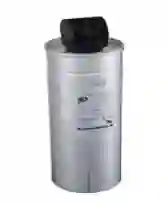
Picking the right capacitor is key. You need to know:
1. Voltage Rating: It must handle the highest voltage after the diodes.
2. Capacitance Value: Bigger values smooth ripple better. But they can be larger or cost more.
Designers weigh these against space and budget. The right balance gives great performance.
Capacitors can struggle in tough conditions. Heat or vibration wears them down. For outdoor or factory use, pick strong ones. Operating Temperature Range D≤116mm: -40˚C; ~ 85˚C) (θhs ≤ 85˚C). These handle extreme heat or cold. They stay reliable in cars or solar farms.
Capacitors must meet safety rules. Standards like IEC 61071 or GB/T 17702 set the bar. Reference Standard GB/T 17702 (IEC 61071). Meeting these ensures safety. It also helps OEMs sell globally. Certified parts build trust in big projects.
SMILER makes top-notch capacitors. We serve green energy, EV chargers, factories, gadgets, and telecom. Mature, highly automated production lines. Our products meet tough industry needs. They stay reliable in harsh settings.
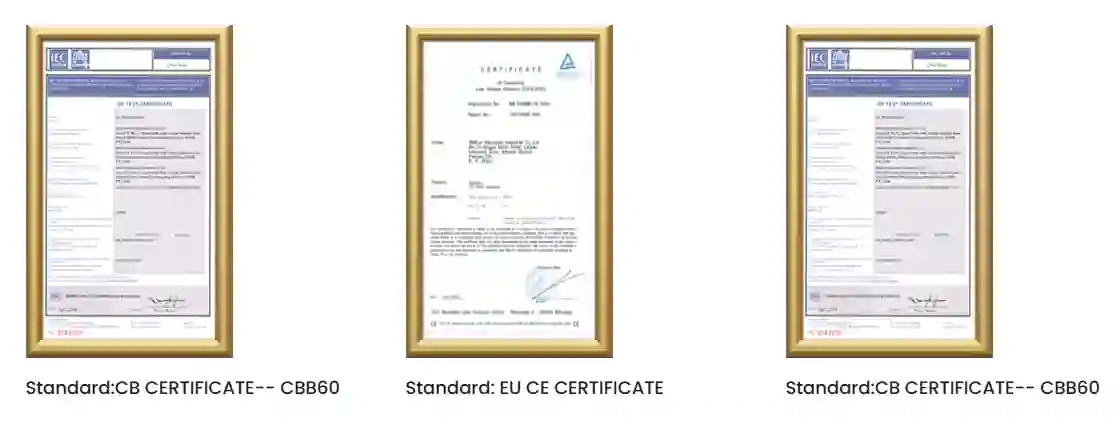
Our film capacitors handle big currents. Low ESR, high ripple current handling capabilities. They're perfect for fast-switching converters. They stop noise in high-frequency setups like RF systems.
Our capacitors last long. They keep working in hot conditions. Think EV chargers or solar farms under full sun. They don't quit under heat pressure.
Low ESR cuts heat loss. It boosts efficiency. This is huge for small designs where heat is a problem. Our capacitors keep power clean and systems cool.
Q: How does a capacitor help convert AC into usable DC?
A: It smooths bumpy voltage from diodes. It charges at peaks and releases during dips. This gives a steady DC output.
Q: Can I use any type of capacitor for converting AC to DC?
A: No. Pick ones rated for your voltage. Film capacitors work for high frequencies. Electrolytes are good for bulk storage at lower frequencies.
Q: Why is low ESR important in filtering applications?
A: Low ESR cuts energy loss. It helps during fast charge-discharge cycles. This boosts efficiency in high-current setups.
Q: Where are capacitor-based converters commonly used today?
A: In phone chargers, solar inverters, EV chargers, factory motors, and more. Anywhere AC needs to become a reliable DC.
Q: What causes failure in capacitors used for AC-DC conversion?
A: Too much voltage, extreme heat, or poor materials can break them. Pick ones rated for your conditions to avoid issues.
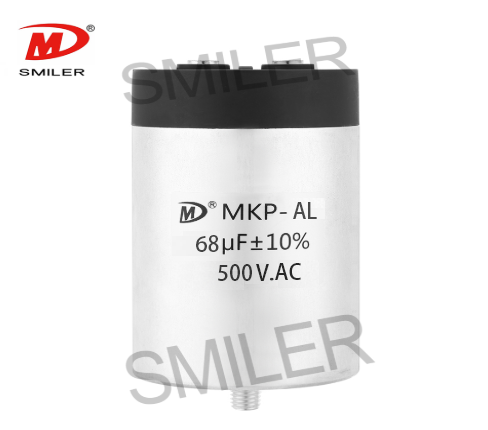
Exploring How AC Capacitors and DC Capacitors Function Differently
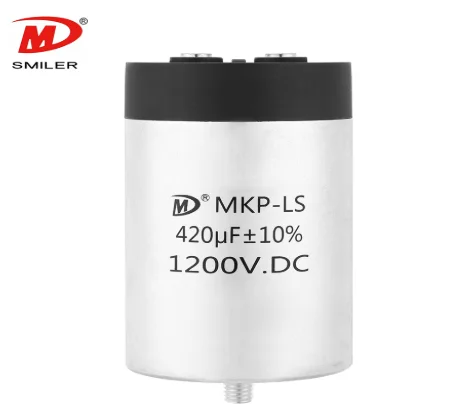
Mastering AC to DC Rectifier with Capacitor Techniques
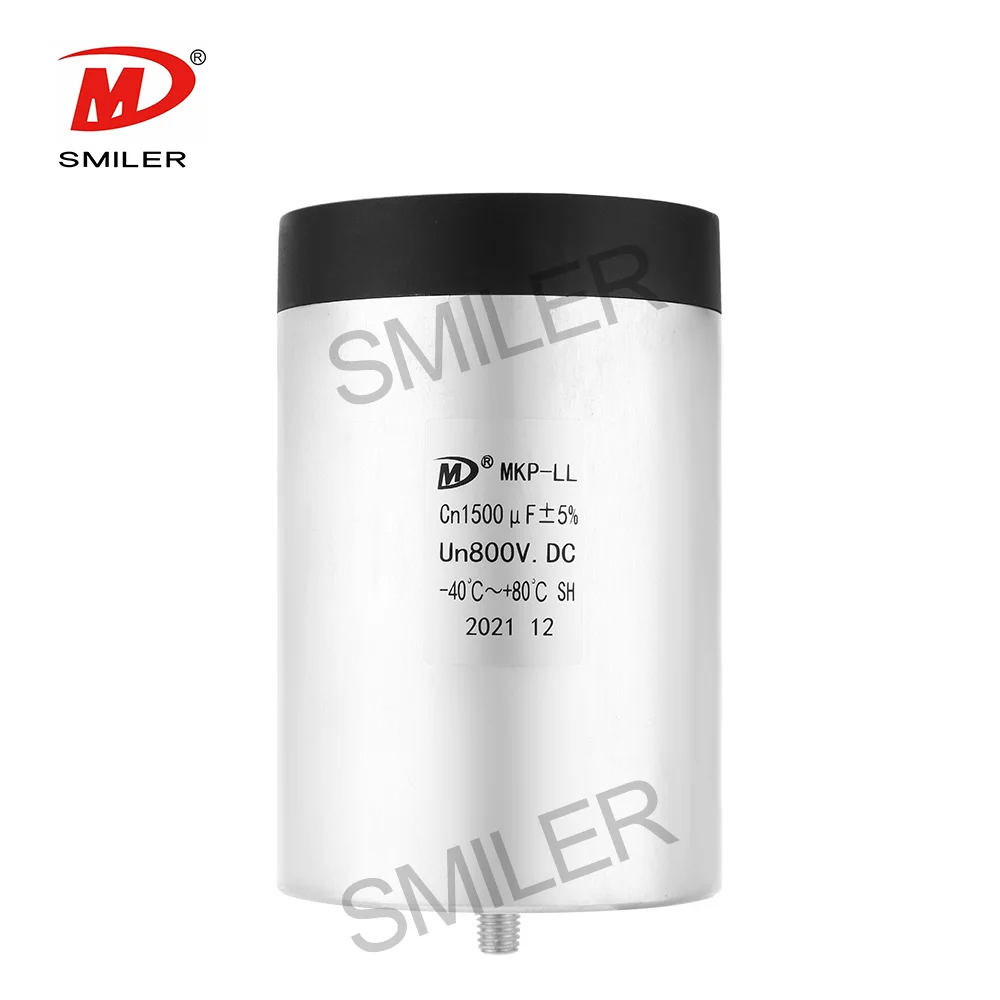
Understanding Why Capacitors Pass AC but Block DC in Circuits
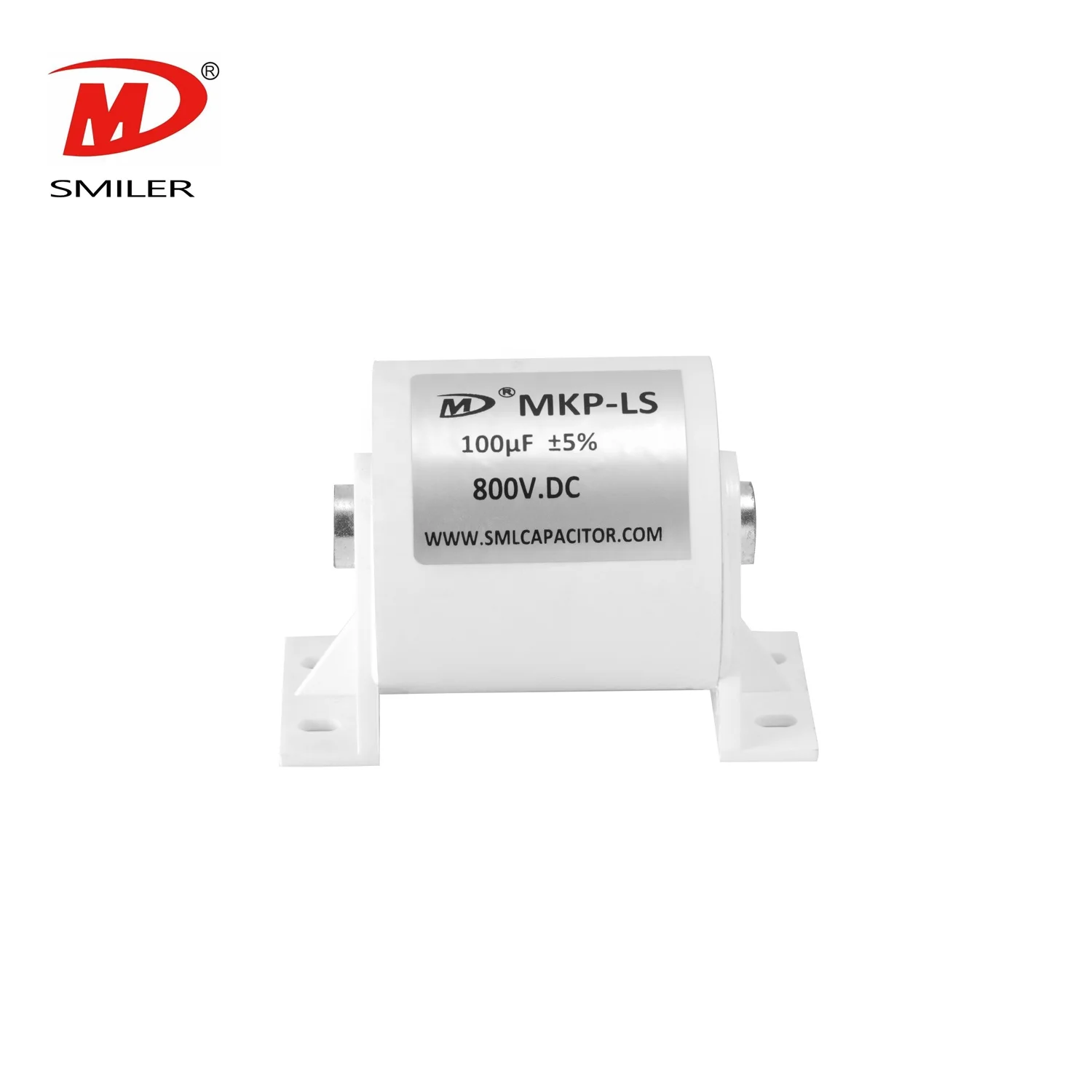
What Drives AC Capacitor Cost? A Comparison with DC Capacitors
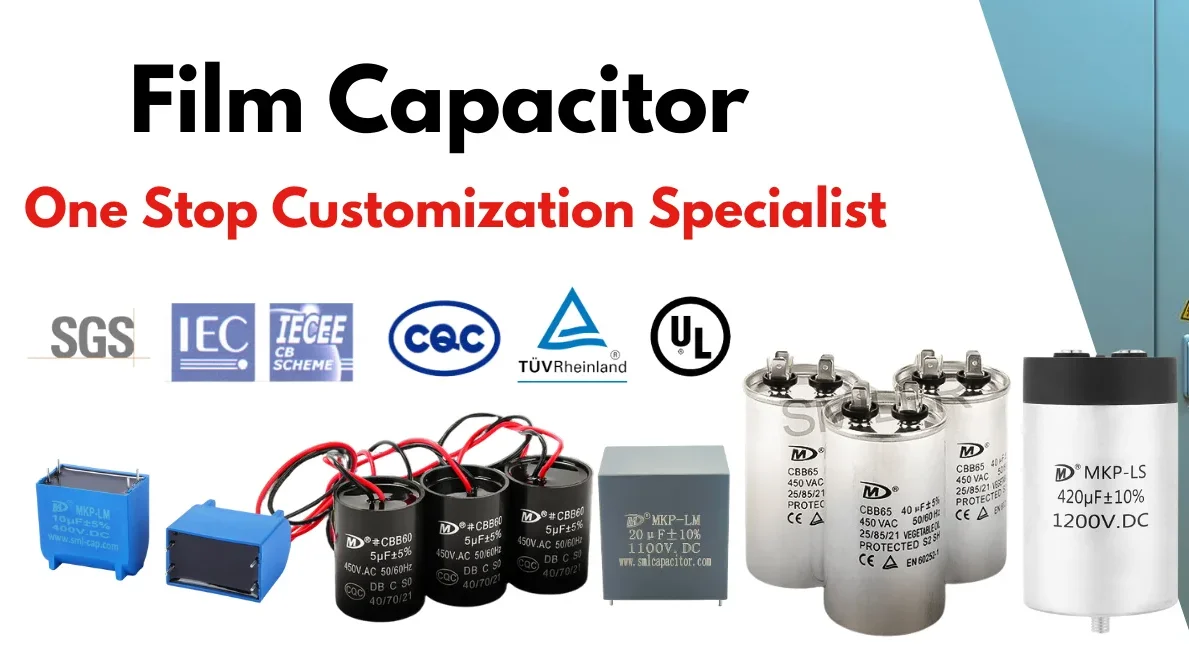
How to Accurately Calculate AC Circuit Capacitor Impedance